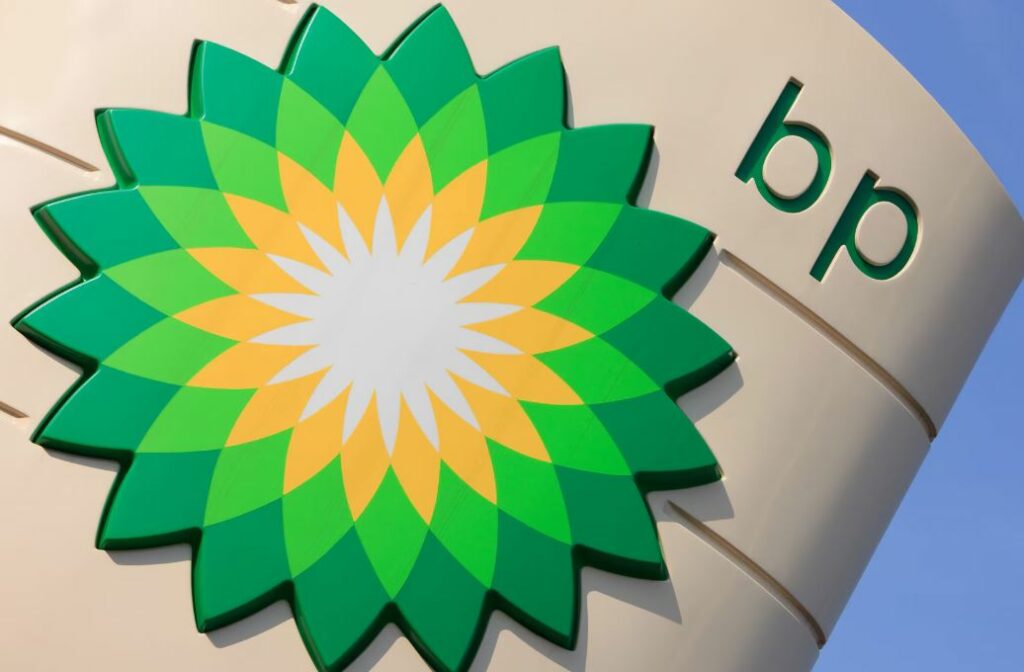Germany’s industrial sector consumed approximately 2.3 million tons of hydrogen in 2023, 95% of which was derived from fossil fuels. Against this backdrop, Accelera’s 100MW proton exchange membrane (PEM) electrolyzer project in Lingen—capable of producing 11,000 tons of green hydrogen annually—represents a 0.5% displacement of current gray hydrogen demand. The initiative, powered entirely by offshore wind, mirrors the structural challenge facing Europe’s hydrogen economy: scaling production to meet industrial needs while maintaining grid-balancing viability.
Efficiency Gains Versus Infrastructure Gaps
The HyLYZER-1000 units, slated for commissioning in 2027, claim a 75% stack efficiency rate, aligning with industry benchmarks for PEM systems. However, the system’s reliance on intermittent offshore wind raises questions about capacity utilization. Germany’s North Sea wind farms averaged a 45% capacity factor in 2023, suggesting the electrolyzers may operate below peak output unless paired with grid buffers or storage. bp has not disclosed plans for auxiliary storage, a critical omission given the International Energy Agency’s (IEA) finding that hydrogen projects require at least 12 hours of storage to achieve 85% utilization.
Localized Manufacturing and Cost Contention
Accelera’s Guadalajara, Spain, facility—the production site for the Lingen electrolyzers—highlights Europe’s push for localized clean-tech supply chains. Yet PEM systems remain cost-intensive, with current capital expenditures hovering at 1,100–1,100–1,400 per kW, compared to 700–700–900 for alkaline alternatives. While Accelera’s 600 global electrolyzer deployments (including a 25MW system in Florida) demonstrate technical proficiency, the Lingen project’s 130–130–180 million estimated cost (based on industry PEM averages) underscores the premium for scalability.
Refinery Demand Versus Sectoral Ambitions
bp’s Lingen refinery, operational since 1954, will absorb a portion of the hydrogen output to replace gray hydrogen in desulfurization processes. However, the refinery’s annual hydrogen demand—estimated at 150,000 tons—exceeds the project’s 11,000-ton output by a factor of 13.6. This gap exposes a strategic tension: whether green hydrogen should prioritize incremental refinery decarbonization or higher-impact sectors like steel (which requires 4–5 tons of hydrogen per ton of steel). ThyssenKrupp, a potential off-taker, has yet to confirm binding agreements.
EU Subsidies and the 2030 Target Trap
The Lingen project aligns with Germany’s National Hydrogen Strategy, which targets 10GW of electrolysis capacity by 2030. However, only 0.3GW had been installed nationwide as of Q1 2024. EU funding mechanisms like the Important Projects of Common European Interest (IPCEI) have allocated €1.1 billion to German hydrogen initiatives, but permitting delays for renewable infrastructure—averaging 5–7 years for offshore wind projects—threaten to decouple electrolyzer deployments from their power sources.
PEM Durability and Catalyst Costs
While PEM systems offer rapid response times, their reliance on iridium catalysts (0.5–1.5 grams per kW) introduces supply-chain vulnerabilities. Global iridium production currently sits at 7–8 tons annually, with 70% sourced from South African platinum mines. Scaling Accelera’s technology to 1GW would require 500–1,500kg of iridium—up to 21% of today’s supply. Alternatives like coated titanium or alkaline membranes remain underdeveloped, leaving PEM scalability tethered to geopolitical mining dynamics.
Lessons From Quebec’s 20MW Baseline
Accelera’s 20MW facility in Quebec, operational since 2021, provides a performance baseline: of 3,000 tons of annual production at a 73% capacity factor. Extrapolated to Lingen’s 100MW, similar utilization would yield 15,000 tons—36% above BP’s stated target. The discrepancy suggests either conservative forecasting or unstated grid constraints. Either way, it highlights the industry’s opaque benchmarking practices, with few third-party validations of electrolyzer performance at scale.
Carbon Accounting
The project’s environmental impact hinges on additionality—whether the offshore wind power allocated to electrolyzers would have otherwise displaced coal or gas generation. Germany’s grid still derived 46% of its electricity from fossil fuels in 2023. Without guarantees of incremental renewable capacity, the Lingen electrolyzers risk indirect carbon leakage, a concern raised by the Carbon Trust in its 2023 hydrogen lifecycle analysis.
Retrofitting a 70-Year-Old Refinery
BP’s Lingen refinery employs 2,300 workers and contributes €4.2 billion annually to Lower Saxony’s GDP. Retrofitting such complexes for hydrogen integration requires workforce upskilling and capital reallocation. The German Chemical Industry Association (VCI) estimates that 60% of refinery technicians lack certifications for high-pressure electrolyzer maintenance—a skills gap that could delay operational timelines.
Electrolyzer Competition and Alkaline Resurgence
Accelera’s 100MW win comes as Chinese manufacturers like LONGi and Peric ramp up alkaline electrolyzer production, offering systems at 40% lower capital costs. While PEM dominates EU projects (52% market share in 2023), alkaline’s cost advantage and comparable efficiency (70–75%) in steady-load scenarios threaten PEM’s hegemony. The Lingen project thus serves as a litmus test for PEM’s viability in high-variability renewable environments.
